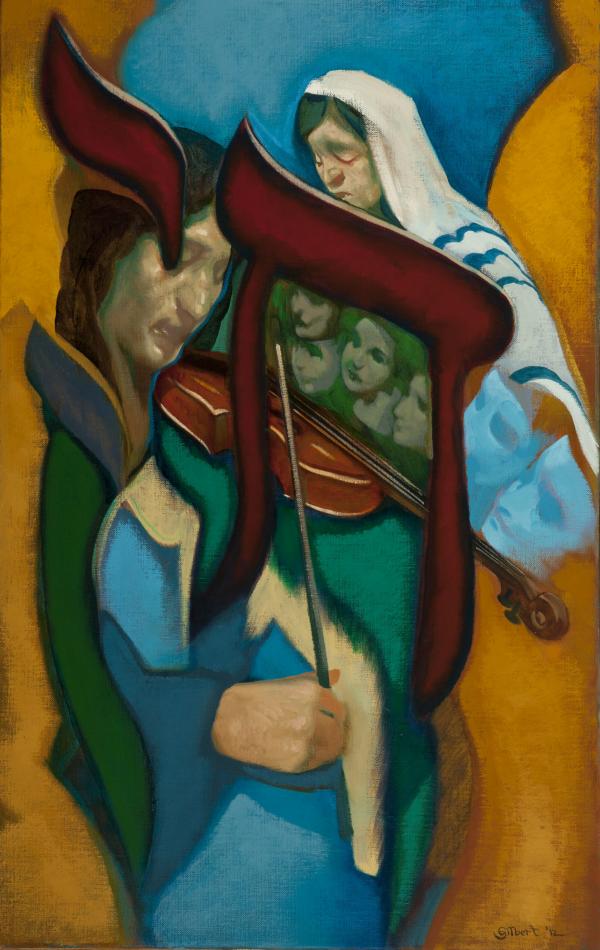Art in Worship
From the curator
On the first day of Rosh Hashana in 2010, The New York Times published an editorial lamenting the dearth of synagogue services composed in the mold of Western art music. In that article, titled “The Music You Won’t Hear on Rosh Hashana,” the author argued that in the conflicted longings of American Jews who simultaneously sought distinction and acceptance, the need for acceptance and admittance into mainstream American culture ultimately triumphed. Further, he hypothesized that this was responsible for the fact that Jewish American composers had, by and large, not devoted their gifts to the enrichment and development of Jewish liturgical music. The only problem with this otherwise well-written and insightful article is that its premise is misinformed.
Had the author of that article—whose much appreciated journalistic coverage of the Milken Archive has vaunted its work—had access to the treasure trove of liturgical music included Masterworks of Prayer, he may not have changed the title of his article, but he most certainly would have changed its tone. For while classically oriented Jewish liturgical music may not be standard in synagogues on Sabbaths and High Holy Days, the significant body of work in that vein that emerged in America in the 20th century stands as one of the great achievements in the history of Jewish music.
In his introduction to this volume, Neil W. Levin observes that the first known incident concerning the confluence of Western art and Jewish sacred music dates to the early 17th-century Italy—specifically, Salamone Rossi’s composition of Hebrew liturgical settings in his Ha-shirim Asher Lishlomo. But with a few isolated exceptions, the potential synergy between art music on the Western model and liturgical expression in worship services remained within the domain of Christianity. Later, Jewish success in the field of classical music, combined with a few forward-thinking leaders, gave birth to an impressively rich body of large-scale works that were Jewish and sacred in content but high-art in conception.
The lion’s share of the music in this volume owes its existence to Cantor David J. Putterman (1900–1979). Putterman was a visionary who, under the auspices of New York’s Park Avenue Synagogue, commissioned more than 40 sacred services by some of the country’s leading composers. Included here are works by Herman Berlinksi, David Amram, Yehudi Wyner, David Diamond, Miriam Gideon, and Max Helfman. (Other Putterman commissions appear elsewhere in the Milken Archive.) The settings by Roy Harris and Douglas Moore illustrate Putterman’s occasional commissioning of non-Jews for the program.
Two other institutions deserve mention here. Sacred services by Ernest Bloch, Darius Milhaud, and Frederick Jacobi were commissioned by San Francisco’s Temple Emanu-El, while Rabbi Jacob Sonderling of Los Angeles’s Fairfax Temple commissioned and collaborated with Arnold Schoenberg on an imaginative version of the Kol nidre. Sonderling also commissioned Ernst Toch’s Cantata of the Bitter Herbs, (featured in Volume 17).
In the end, the author of the aforementioned editorial shouldn’t be faulted too much. The fact that this repertoire exists was a surprise to most of the artists who encountered it in the course of the Milken Archive’s recording sessions. But beyond serving as a rejoinder to that article’s premise, Masterworks of Prayer should remind us of the more universal ability of sacred music to uplift the soul and make the spirit soar, regardless of its provenance.















